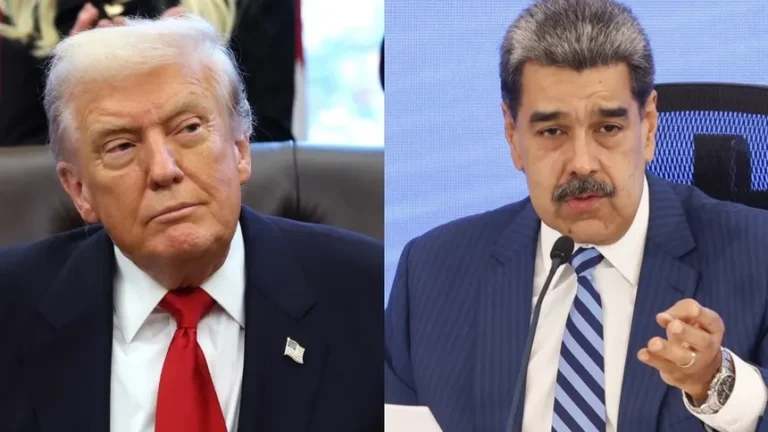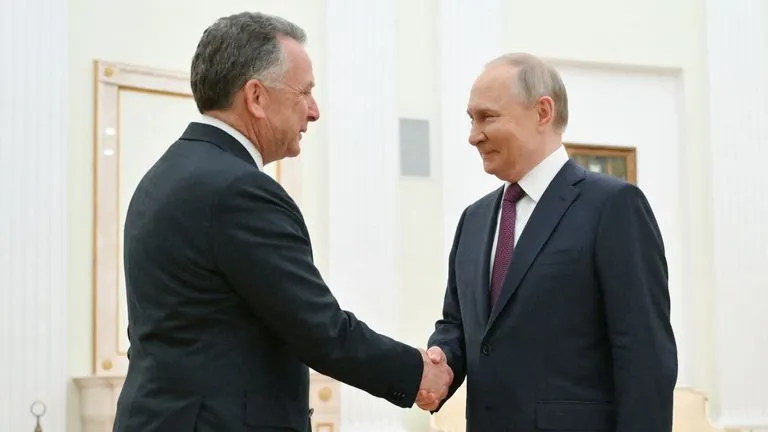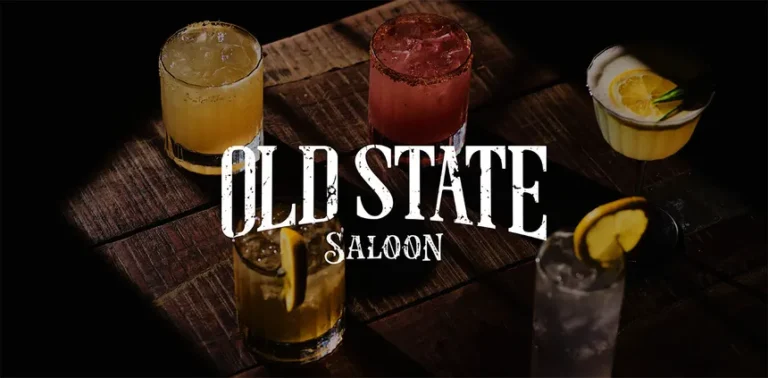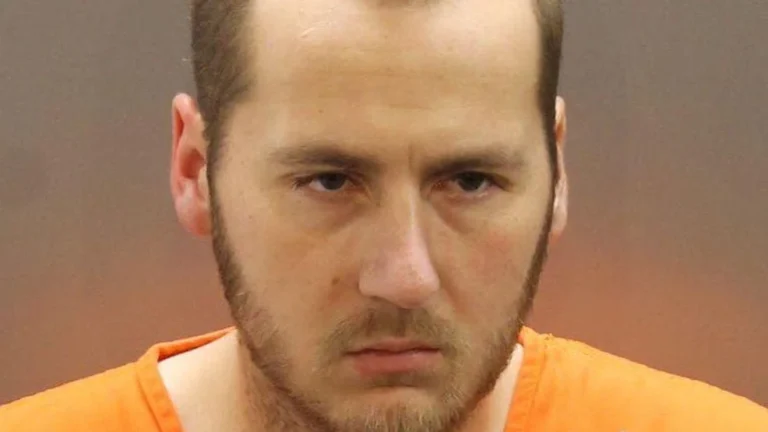
VATICAN CITY – May 7, 2025 – Roman Catholic cardinals are set to begin the process of electing a new pope on Wednesday, convening in the Sistine Chapel for a secret conclave following the death of Pope Francis last month.
The centuries-old ritual starts with a public Mass at St. Peter’s Basilica. Afterward, 133 cardinals from 70 countries will proceed to the Sistine Chapel, where they will remain cut off from all outside contact until a new pontiff is chosen.
How the Papal Conclave Works
- A two-thirds majority vote is required to elect the next pope.
- Only one vote is expected on the first day, with up to four votes held on subsequent days.
- Black smoke signals no decision; white smoke and bell ringing indicate a new pope has been chosen.
- High-tech security, including signal-jamming devices, is used to prevent leaks or eavesdropping.
The conclave’s format, largely unchanged since medieval times, underscores both the solemnity and global significance of the papacy.
Challenges Facing the Church
The selection comes at a critical moment for the 1.4-billion-member Catholic Church. Cardinals are reportedly divided between those favoring a continuation of Francis’ more progressive leadership and others who wish to return to traditional structures.
The Church is also weighing questions of regional representation. The choice of Pope Francis in 2013 marked a shift toward the global south. Now, cardinals must decide whether to maintain that trajectory or return the papacy to Europe.
Leading Candidates and Geopolitical Considerations
While no frontrunner has definitively emerged, several names are receiving attention:
- Cardinal Pietro Parolin (Italy) – Vatican Secretary of State
- Cardinal Luis Antonio Tagle (Philippines) – Known for international pastoral work
- Cardinal Jean-Marc Aveline (France)
- Cardinal Peter Erdo (Hungary)
- Cardinal Robert Prevost (United States)
- Cardinal Pierbattista Pizzaballa (Italy) – Latin Patriarch of Jerusalem
If no consensus forms around the top candidates, voting could shift to lesser-known figures based on shared language, ideology, or regional alliances.
Francis’ Legacy and Influence
Roughly 80% of the voting cardinals were appointed by Pope Francis, suggesting the next pope may continue elements of his approach, including an emphasis on outreach, social issues, and structural reform.
However, internal debates persist. Some cardinals call for a more restrained, tradition-oriented papacy, while others seek to extend Francis’ reforms to include greater transparency and global representation.
A Timely Decision Expected
The conclave is expected to conclude within a few days. Historically, most modern papal elections last between two and five days. The 2013 conclave that elected Francis took just two days.
The Vatican aims to avoid any signs of prolonged disagreement, which could raise concerns about internal divisions or direction.




